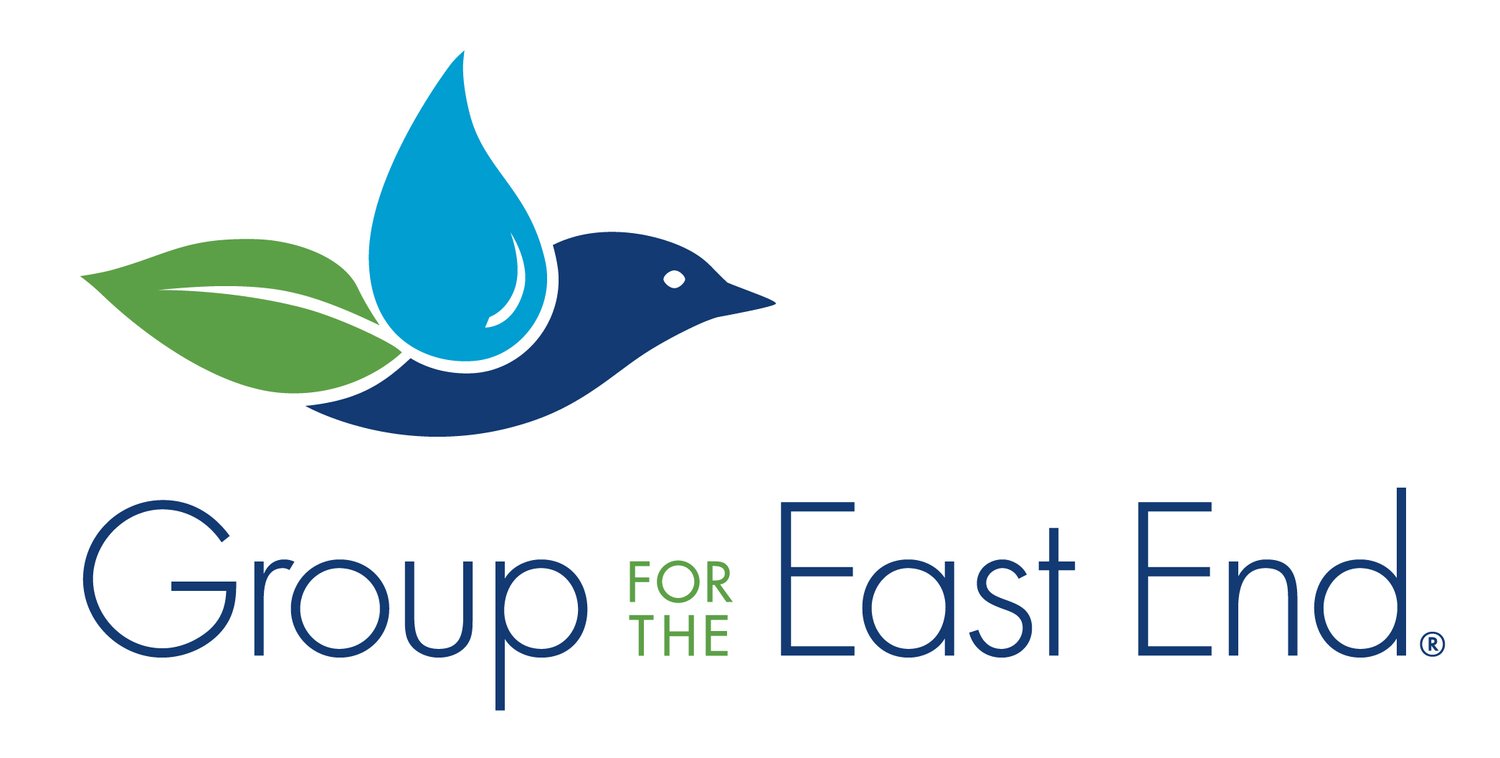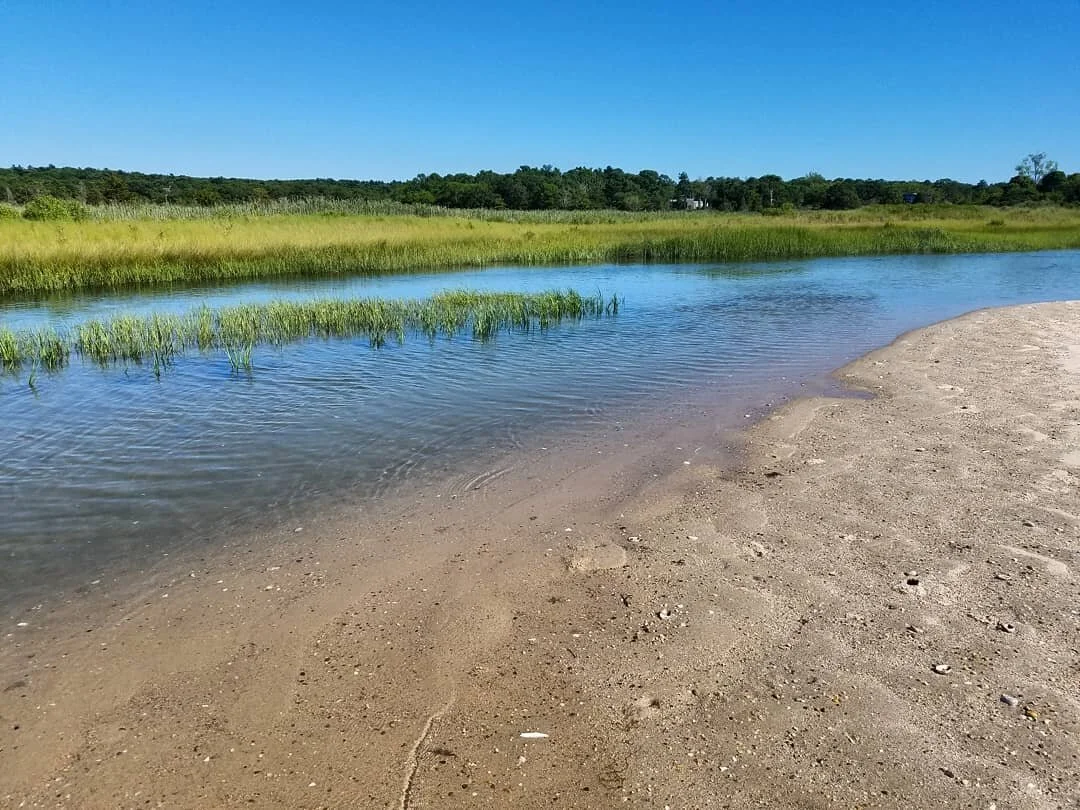The Tremendous Terrapins
GUEST POST BY LAUREN SCHEER, PECONIC ESTUARY PARTNERSHIP EDUCATION AND OUTREACH COORDINATOR
Diamondback terrapin, photo by Kaitlin Morris
Another beloved species that the Peconic Estuary Partnership and our partners monitor is the diamondback terrapin, the only turtle native to Long Island’s salt marshes. PEP began a Diamondback Terrapin Monitoring Program in 2017 for the East End. This volunteer-based program surveys areas of salt marsh for terrapin activity to determine where their nesting habitat is located.
Long ago, terrapins were viewed as a delicacy and were harvested without regulation. As a result, their populations declined causing the species to be listed as vulnerable. Although harvesting has not been of top concern in recent years, land development and shoreline hardening (e.g. sea walls and bulkheads) have become major threats as female terrapins use the shorelines for nesting. The PEP’s monitoring program is in collaboration with Seatuck Environmental Association, The Jamaica Bay Terrapin Research Project, and Friends of Flax Pond, to gain an island-wide understanding of terrapin populations and their habitats. Through this monitoring program, we gain data that can guide decision-making for shoreline resiliency, conservation management of the species, and land-use planning so we can create beneficial environments for both the community and our terrapin populations.
Northwest Harbor County Park, photo by Kaitlin Morris
Like with many projects, working together will help move along these efforts. This includes dedicated citizen scientists! Similar to the alewife monitoring survey, Seatuck Environmental Association developed the Terrapin Watch on Survey 123 that allows you to document your terrapin monitoring data through your phone or computer. Record on the spot while you are at the beach or input your data later at home. Not sure how to identify terrapins, their eggs, nests, and tracks? Training workshops will be scheduled for the monitoring season that runs June-August. Keep an eye out for scheduled workshops co-sponsored with Group for the East End.
Remember to continue practicing social distancing and most importantly be safe! Together we can protect and restore our valuable habitat on the East End and the wildlife that call it home.


